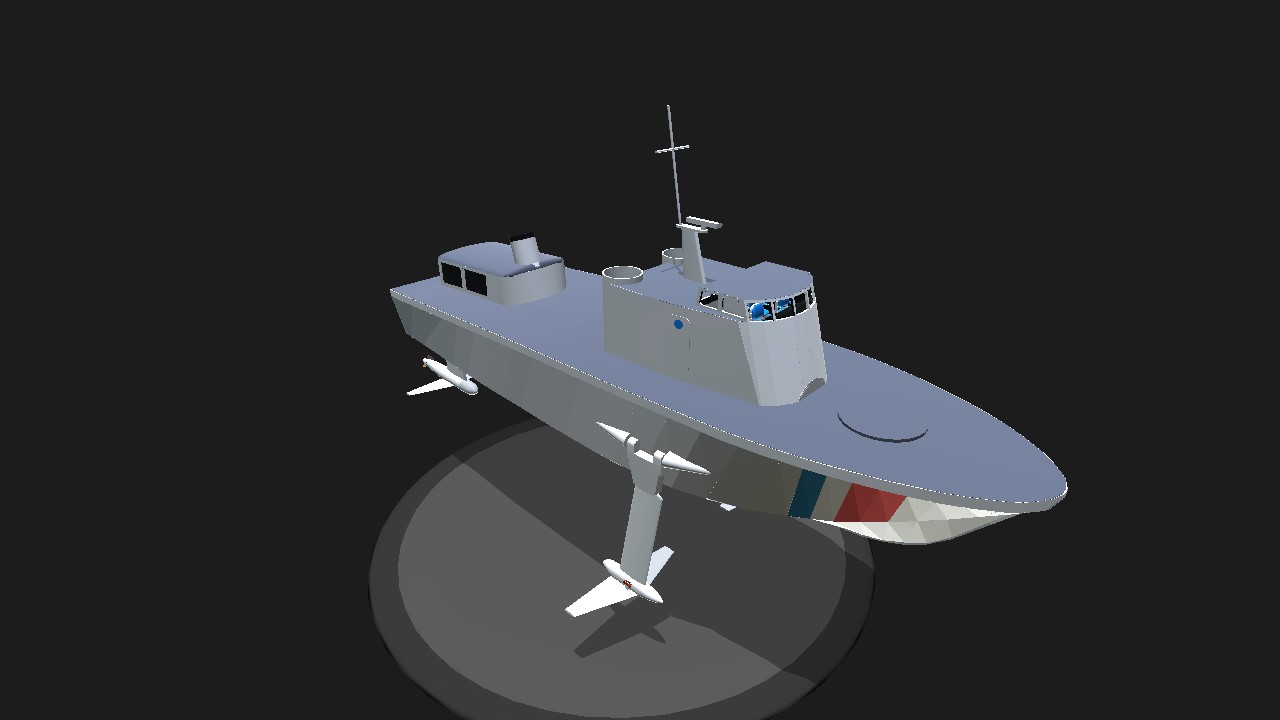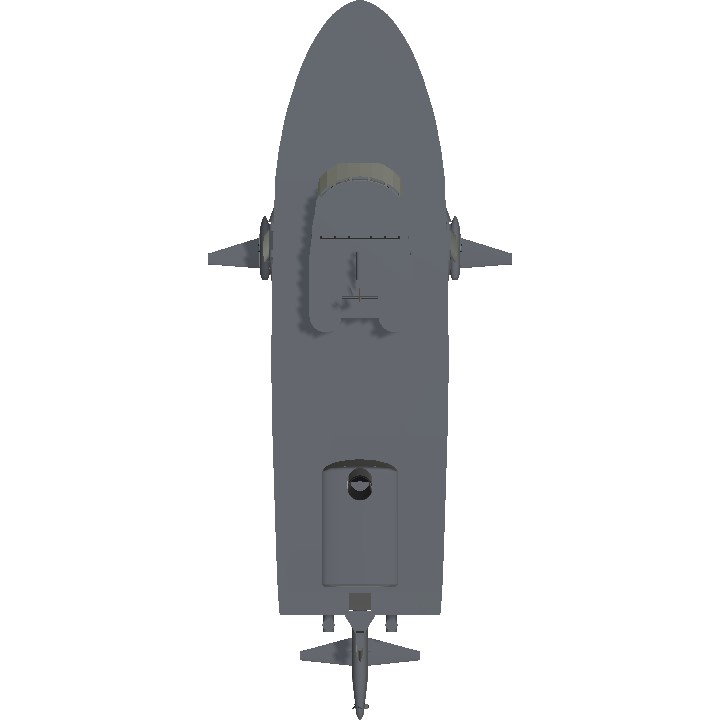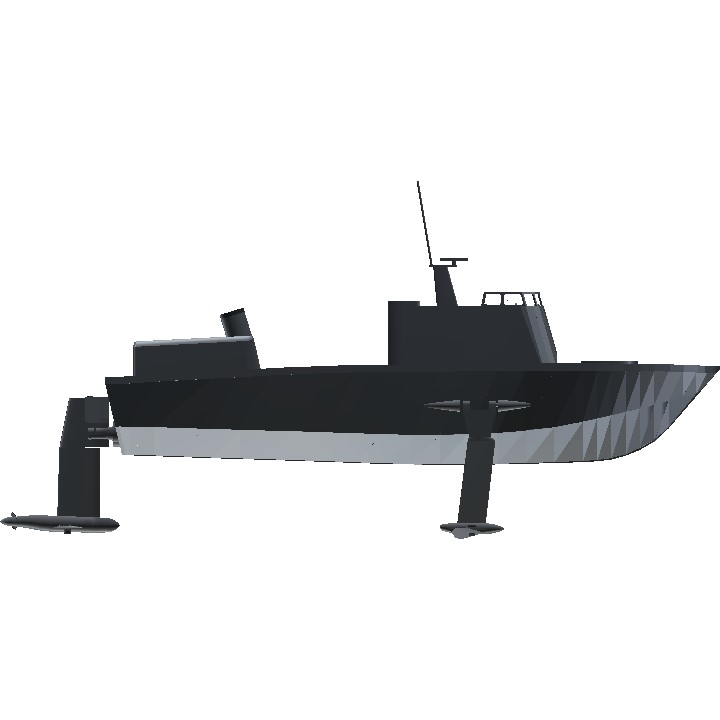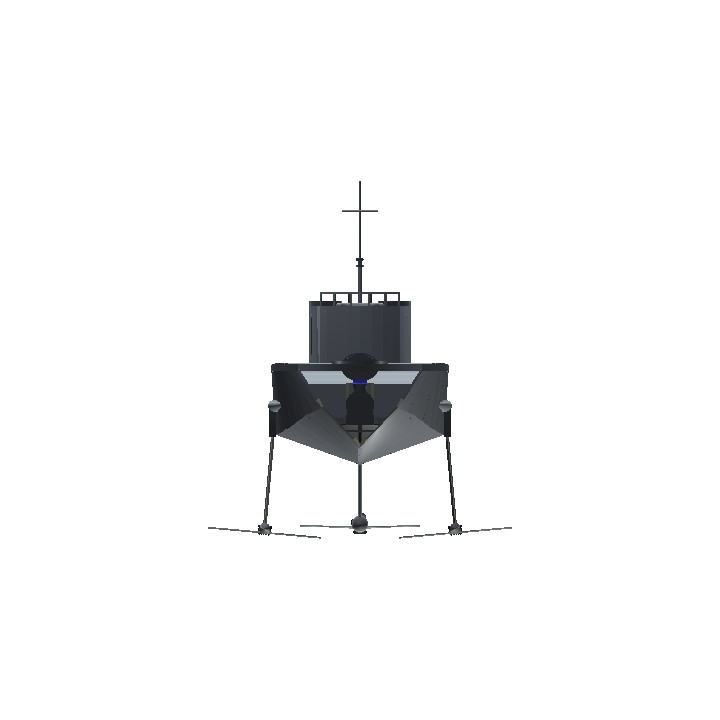Hydrofoils have long been seen as the vessels of the future, flying over the waves instead of pounding through them. The first concept of the hydrofoil came in 1869 and has since been refined into high-tech designs. Hydrofoils have not been widely adopted due to draft, maintenance requirements, and cost, although can be found in both civilian service, such as on the Volga river, Sydney Harbour (until 1992), Hong Kong, South Korea to Japan, and with militaries, including the US, Italian, Soviet, Canadian, and German Navies.
Technology
Specifically, a hydrofoil is a lifting surface that operates underwater, and have two primary forms, Surface Piercing and Fully Submerged. As with an aircraft wing, the forward motion of the foil through water produces the lift necessary to lift the hull partially or completely out of the water, increasing both the efficiency of the vessel and the speed, due to the far lower water resistance. Similar to airfoils as they reach transonic speeds, hydrofoils have a "speed limit", causing cavitation that deforms the foil, although Supercavitating hydrofoils have been designed, which, like the supercavitating propeller, use this cavitation to its advantage, allowing for far higher speeds without a loss of lift.
Surface Piercing Foils
Surface Piercing Hydrofoils, in their most basic form, rely on the design of the foil to stabilise the six degrees of freedom: Roll, Pitch, Yaw, Heave, Sway (although not much of an issue), Surge. Due to the passive nature of these foils, surface piercing Hydrofoils have been possible in SimplePlanes since effectively the introduction of Buoyancy (for example, November 2018, September 2019, Approx. March 2015).
Design Principles
The simplest design of the surface piercing hydrofoil incorporates two sets of canted foils, a forward pair and an aftward pair. This design is able to stabilise all six degrees of freedom to some extent, although the shape can be fine-tuned to better stabilise the vessel.
Heave
The canted nature of the foils means that as they rise out of the water, less meaningful lift is produced by the foil, until the lift and weight are in equilibrium.
Pitch
The depth dependent lift of the foils, as well as their placement relative to the CoM (See below), alows pitch to be corrected through the balance of lift from the foils, rotating the vessel until the lift forces are in equilibrium.

Roll
The placement of a pair of canted foils, one on either side of the hull, means that as the vessel rolls, more of one foil and less of the other foil is in the water, causing a corrective motion that rights the vessel.
Sway
A sideways motion will change the angle of attack of the foils, increasing the lift on one side and decreasing it on the other. Just as dihedral in aircraft corrects for sideslip, the forces from the foils will correct the sway.
Yaw
The canted foils will provide directional stability in a similar manner to a V-tail, although the main yaw stability and control is from the vertical parts of the foil assembly.
Engineering in SimplePlanes
Foils
Wings in SimplePlanes, although they produce more lift underwater, prouduce even more when partially submerged. Thus, if a wing is able to lift the hull to a point where the wing can partially leave the water, the wing will be able to lift itself entirely out of the water. A solution to this, so the hydrofoil isn't completely above water, is to make the foil out of multiple wing sections with progressively reduced angle of attack.
Specifications
General Characteristics
- Predecessor USCGC Flagstaff (WPGH-1)
- Successors 1 airplane(s)
- Created On Mac
- Wingspan 35.0ft (10.7m)
- Length 82.7ft (25.2m)
- Height 41.0ft (12.5m)
- Empty Weight 126,042lbs (57,171kg)
- Loaded Weight 150,808lbs (68,405kg)
Performance
- Power/Weight Ratio 0.223
- Horse Power/Weight Ratio 0.003
- Wing Loading 16.7lbs/ft2 (81.7kg/m2)
- Wing Area 9,017.8ft2 (837.8m2)
- Drag Points 35945
Parts
- Number of Parts 749
- Control Surfaces 0
- Performance Cost 2,168




